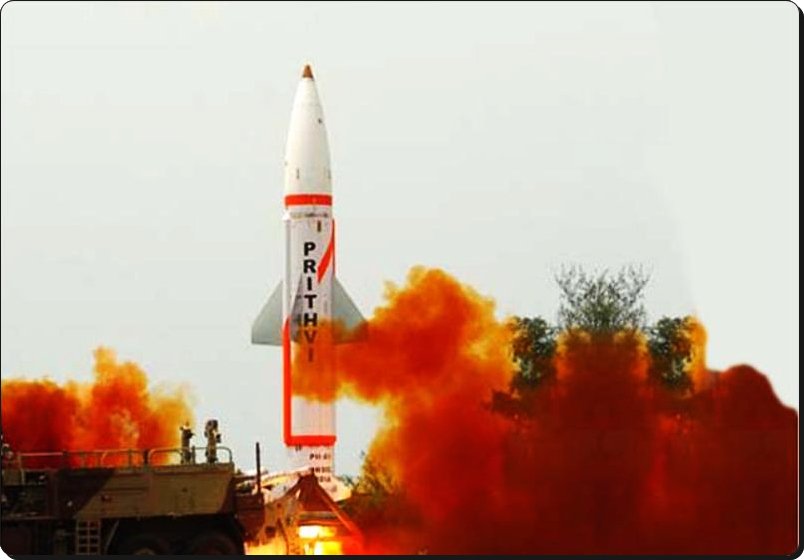India Conducts Successful Missile Tests, Enhancing National Security
India recently conducted a series of successful missile tests, marking a significant advancement in its military and defense capabilities. The tests involved the nuclear-capable short-range ballistic missiles Prithvi-II and Agni-I, which were launched from the Integrated Test Range (ITR) in Chandipur, Odisha. These tests were carried out under the supervision of the Strategic Forces Command, which is responsible for managing India’s nuclear weapons arsenal.
The test-firings were aimed at validating key operational and technical parameters of the missiles. Officials confirmed that both Prithvi-II and Agni-I met all mission objectives, reinforcing their reliability and effectiveness. The Ministry of Defence highlighted the importance of these tests, stating that they demonstrated the readiness of India’s strategic forces to respond to any potential threats.
Defense Minister Rajnath Singh expressed his appreciation for the efforts of the Indian Army, the Defence Research and Development Organisation (DRDO), and the defense industry. He described the achievement as remarkable, emphasizing the collaborative effort behind the success of the missile tests.
Key Features of the Missiles
The Prithvi-II missile is a short-range ballistic missile with a range of approximately 350 kilometers. It can carry a payload of up to 500 kilograms and is capable of delivering both conventional and nuclear warheads. This makes it a critical component of India’s nuclear deterrence strategy.
In comparison, the Agni-I missile has a longer range, extending between 700 to 900 kilometers. It can carry a heavier payload of up to 1,000 kilograms. Both missiles play an essential role in India’s defense infrastructure, ensuring the country’s ability to maintain strategic stability in the region.
Additional Developments: Akash Prime Missile Test
A day before the Prithvi-II and Agni-I tests, India also successfully fired the Akash Prime missile in Ladakh. This upgraded surface-to-air missile was specifically developed for the Indian Army and tailored for high-altitude operations. The test took place at an elevation above 4,500 meters, demonstrating the system’s capability to function effectively in extreme conditions.
The Ministry of Defence reported that the Akash Prime missile successfully destroyed two aerial high-speed unmanned targets during the test. This marked a significant milestone for India’s air defense systems. The missile features advanced upgrades, including an indigenously developed radio frequency seeker. These enhancements were based on feedback from users, ensuring improved operational effectiveness.
Strategic Implications
The successful test-firing of these missiles comes just over two months after a military conflict between India and Pakistan in May. These developments underscore India’s commitment to strengthening its defense mechanisms and maintaining regional security.
The Akash Prime missile test in Ladakh, near the Line of Actual Control (LAC), highlights the importance of air defense systems in border areas. This follows the commendable performance of India’s air defense systems during Operation Sindoor, further solidifying the nation’s readiness to counter potential threats.
Conclusion
These recent missile tests reflect India’s ongoing efforts to bolster its national security and strategic defense capabilities. With advancements in both ballistic and surface-to-air missile technology, the country continues to reinforce its position as a formidable military power in the region. The successful execution of these tests not only showcases technological prowess but also reinforces India’s commitment to maintaining peace and stability through a strong defense posture.







